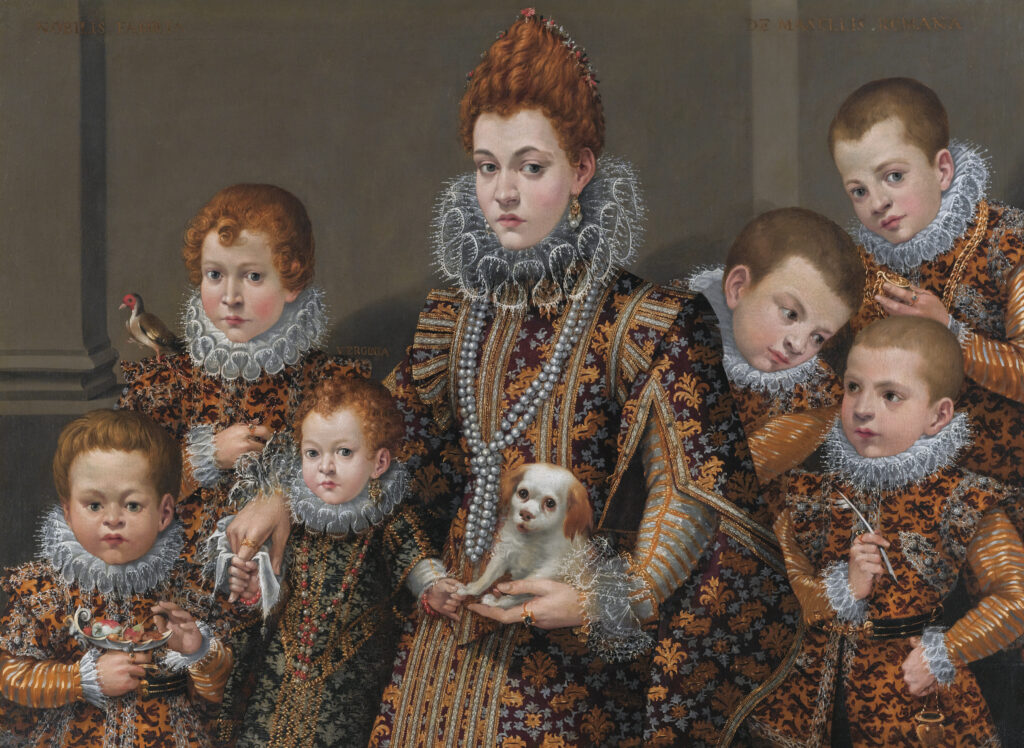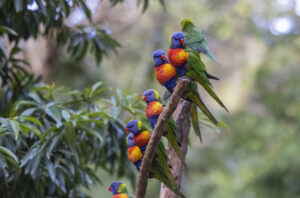How do you feel when you wear a uniform?
Are you relieved by the simplicity or resentful of the restrictions?
The pros and cons of dress codes have long been a source of debate in schools and workplaces.
Many claim uniforms evoke a sense of unity, reduce distractions and result in higher-quality work.
But new WA research suggests school uniforms can also normalise misogyny, homophobia, transphobia and racism.
This can lead to long-term impacts for affected students.
Murdoch University’s Associate Professor Wendy Cumming-Potvin says these impacts can’t be ignored.
OUTDATED OUTFITS
The idea that different genders should wear different clothing has changed a lot over the years.
Until the end of the 19th century, Western children were dressed in long tunics or robes, regardless of their gender.
In the 17th century, aristocratic men and women both wore fancy hats and outfits of lace and silk.
Pink used to be considered a strong, masculine colour, while blue was dainty and feminine.
“Nowadays, some scholars suggest men’s clothing is designed for comfort. A good deal of women’s fashion is still restrictive and impractical,” says Wendy.
A great example of this – and a pet peeve for many – is the lack of pockets on women’s clothing.
“Or they have ‘fake’ pockets,” notes Wendy.
EDUCATIONAL INEQUALITY
When applied to a school uniform setting, enforcement of gendered clothing can affect students disproportionately.
Skirt lengths, for example, are often strictly policed for girls, while there is no equivalent enforcement for boys.
In many instances, skirts and pants may only be worn by genders deemed appropriate by the school. And not everyone is a fan of these strict rules.
Students at one high school in Quebec, Canada, created a social media movement by posting photos of boys wearing skirts to school.
They said they were protesting the school’s overly restrictive rules that promoted sexism, homophobia and toxic masculinity.
LEARNING CURVES
The rules can be especially uncomfortable for those still learning about their gender or sexual identity.
Kim Andreassen didn’t know they were trans-non-binary while in high school. But they were sure of one thing. They felt uncomfortable with their school’s dress code. The discomfort was enough to contribute towards them dropping out of Year 11.
“[The school] had a very gendered uniform policy, which restricted me to dresses only, long hair etc.,” they say.
“I was perpetually uncomfortable and confused why.”
Kim says they were lucky to have gone back to school and go on to work at SECCA and Curtin’s School of Education.
“I think for many … rigid dress codes might play a real part in why they can’t go to school,” says Kim.
STRESSFUL STARTS
Dr Danila Marini is a non-binary researcher at the University of Adelaide.
They say they forged their mum’s signature at school to avoid strict gender-based dress codes.
“I was never comfortable in [dresses and long skirts]. It definitely impacted my comfort and confidence,” says Danila.
“If you had hair longer than shoulder length, it needed a ponytail. I hated it. I asked mum to cut my hair short to avoid [it].”
Danila’s high school was not as strict as their primary school. They say the flexible uniform was a more comfortable balance of self-expression and convenience.
“[A uniform] takes the pressure off having a new outfit every day. It also removes issues of class inequality. My mum couldn’t afford to buy me clothes often, so the [flexible] uniform was a blessing for her,” they say.
Despite feeling lucky to have had some choice in what they wore, Danila admits they can still “get stressed over what to wear and how to present [themselves].”
“Being forced to wear a uniform that goes against your feelings … [is] a daily reminder that you are somehow ‘wrong’,” says Danila.
UNFAIR PLAY
Similarly, people of colour and those from diverse cultural backgrounds may be distressed or avoid school if the dress code makes them uncomfortable.
“The US National Women’s Law Center reported that many girls miss class over accusations about their clothes, make-up or hairstyle,” says Wendy.
“For African American girls, these policies can be more discriminatory.”
Some traditional hairstyles or head coverings such as afros and head scarfs are deemed “unacceptable” by some school authorities.
For students, these attitudes and rules can lead to future identity issues and higher dropout rates.
“Low education levels can lead to negative life situations, like unemployment and homelessness,” highlights Wendy.
IT’S COMPLICATED
Several studies have found evidence supporting the positive effects of uniforms such as improved attentiveness and academic performance.
Some schools cite safety concerns such as dress codes reducing the likelihood of gang-related violence.
Wendy suggests a holistic approach is needed to create and implement dress code policies.
“From my perspective, there are advantages and limitations to having school uniforms,” she says.
“Dress code policies [should] be integrated with other policies focusing on equity, diversity and inclusion.”
“[These] can also be informed by professional development for school staff, highlighting … student wellbeing.
“It is important to … develop and implement a culture of inclusiveness.”












